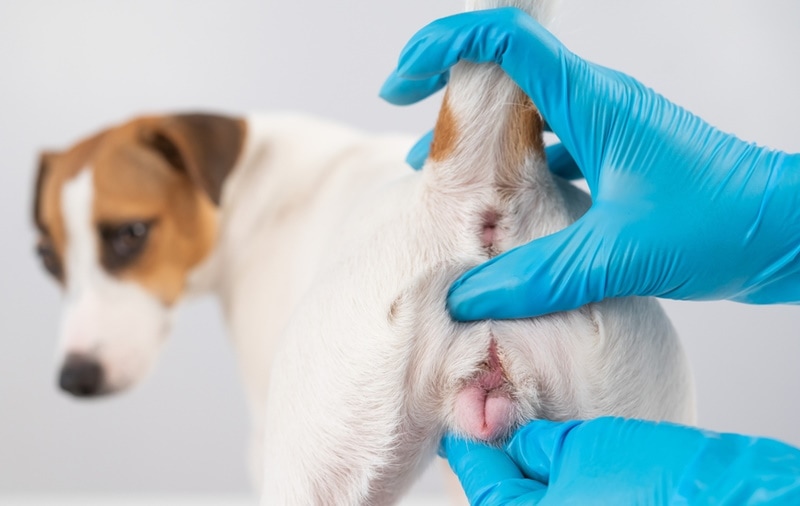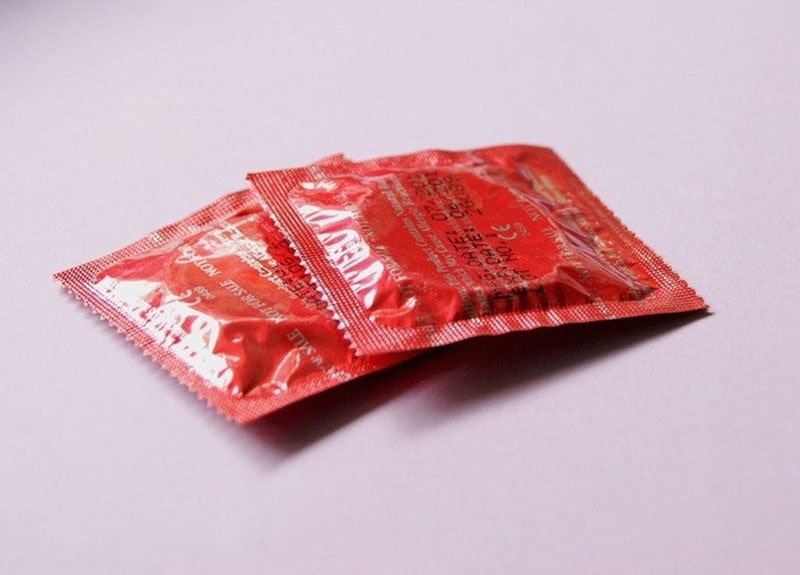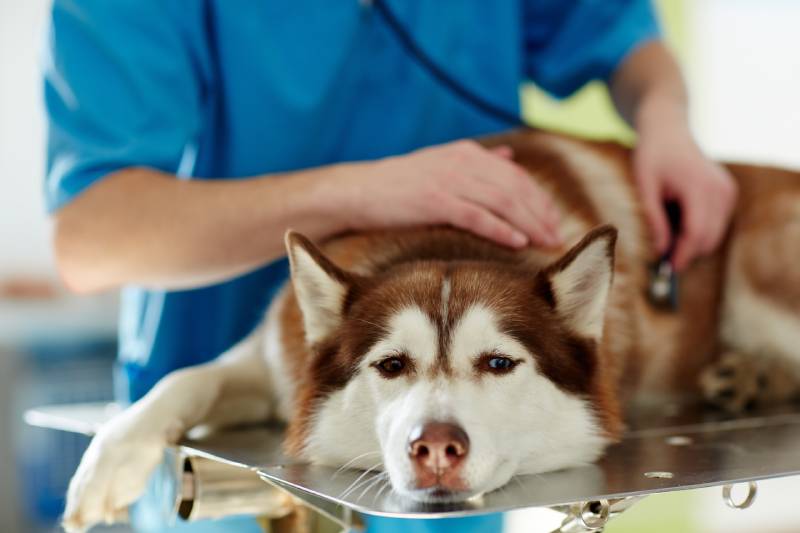There are so many types of food available these days for pets! Finding the right one for your dog can be hugely challenging.
- What gives your dog the best nutrition?
- What is the cost?
- How easily available to purchase is the food?
- Can all dogs in the house eat the food, or is it meant for a certain medical or dietary condition?
- Does your dog actually like the food?
While it may initially appear simple, once you start to break down the number of possible choices, choosing a food can become quite complex!
Further, because the pet food market has expanded, based on current diet trends in human health—including grain free foods, and foods that are less processed—there are far more choices to select from than there were even five years ago.
One popular diet trend that falls into this category includes raw foods for dogs. Raw food feeding involves feeding ingredients that have had little or no cooking, so they are essentially, raw. This can include meats, vegetables, fruits, and various vitamin and mineral supplements.
Read on to learn more about what benefits, and risks, these diets can carry.
 Why Might People Think of Feeding Raw Food?
Why Might People Think of Feeding Raw Food?
There is no research to back up the common claims that raw food might improve a dog’s haircoat, or general health. However, as people, we like the idea of things that seem healthy for our dogs—as they are often an extension of family, and we want the best for our furry friends.
So, we are often looking for options to accomplish this, and dog diets are a hot topic lately. Just don’t forget that, often, there is a commercial aspect, and that much of the marketing is done more to what appeals to people, than what might actually be healthy options for a dog.
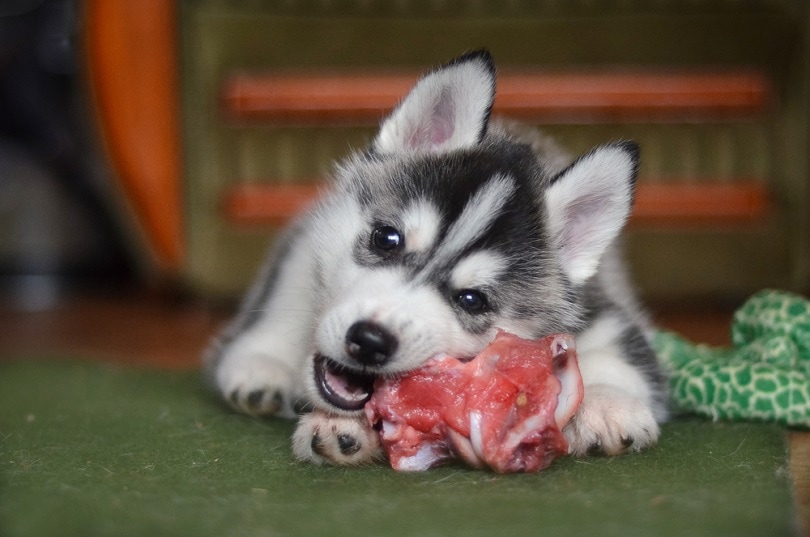
Raw Food Can Be Contaminated with Bacteria and Parasites—Some of Which Can Have Lifelong Impacts
Just as you wouldn’t eat raw, uncooked meat, due to the risk of getting salmonella or other parasites, consider that your dog, in this respect, is the same.
This is one of the of the biggest problems with raw diets: the risk posed by bacterial and parasitic contamination. Studies have shown that raw diets are frequently contaminated with bacteria including Salmonella, Listeria, and E. coli.
Further, parasites such as toxoplasma can cause both immediate, and lifelong illnesses in pets, and people. These parasites can go dormant in areas such as the brain, or muscle tissue, and become an issue years after the initial infection. There is a variety of research that shows this as one of the main risks of raw-fed diets.
Raw Food Can Carry Pathogens That Can Infect Humans Too
The same bacteria that were mentioned above (Salmonella, Listeria and E. coli) are common contaminants that cause food poisoning in people. Unfortunately, it takes highly regulated cooking temperatures and cooking times to effectively kill these pathogens. Even lightly cooked, or frozen, raw diets don’t meet those parameters.
What About Nutritional Deficiencies?
Most dogs eat the same meal, day after day. Which means that, if the food they are eating isn’t nutritionally complete, problems may develop.
What does nutritionally complete mean? A balanced diet is nutritionally complete when it has the right amount of vitamins and minerals to maintain healthy body function. And different life stages have different requirements—so a puppy will have different needs than an adult or a senior dog.
Because pet food is regulated very differently than human food, not all diets are nutritionally complete—and raw food is no different. Even small deficiencies can lead to large problems, though some can take years to develop.
Further, getting high quality ingredients can be challenging. And because it costs money to not only source, but also to test batches of diets. Depending on the financial constraints of the company making the diet, this can vary quite significantly.
In this case, bigger is generally better—and that tends to mean commercial, cooked diets produced by traditional pet food companies. They have the space, finances, and ability to sample and test every batch of diets to ensure they are properly balanced and have no bacterial contaminants. And they can store the diets for months or longer, so that if any problems are detected, they can go back to the source to find the original issue.
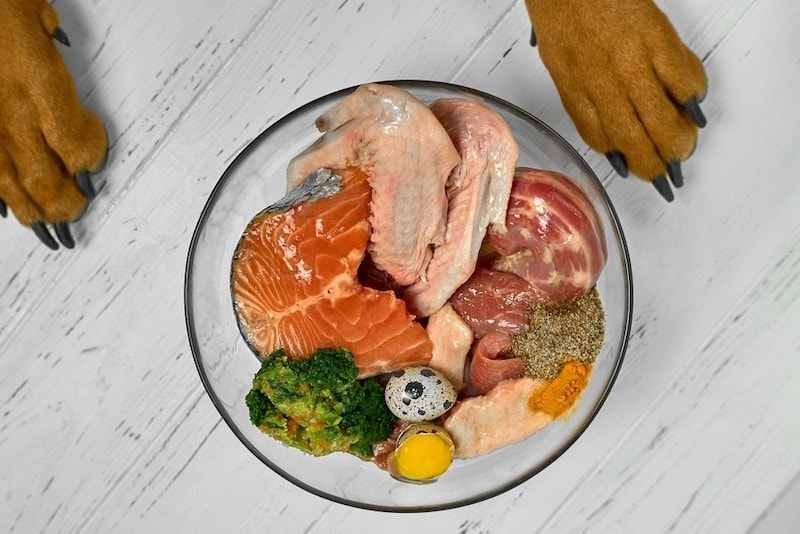
What Do Veterinarians Say?
As a whole, veterinarians and their professional organizations tend to strongly recommend against raw diets. This includes various groups such as the American Veterinary Medical Association, the Canadian Veterinary Medical Association, and many others. Even international groups, such as the World Small Animal Veterinary Association, havemade similar statements. This is due, in large part, to the risks that these food pose—not only to dogs, and other pets, but also to humansl.
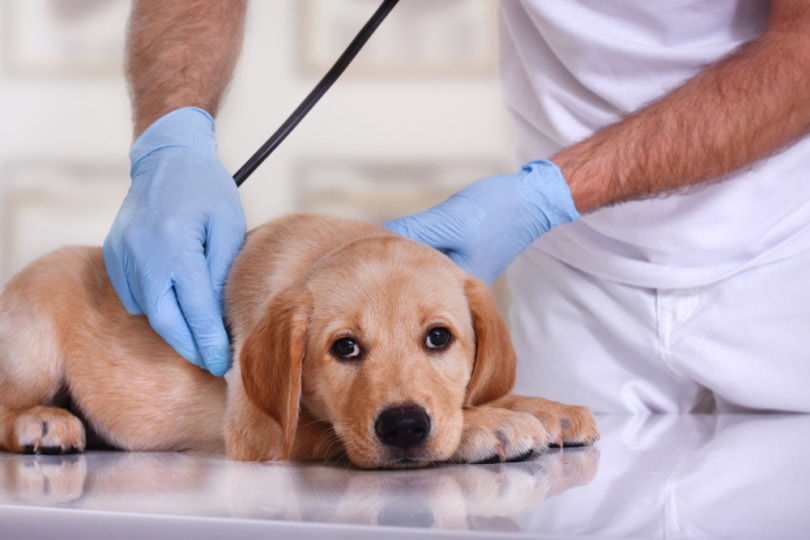
Are there any Good Options?
In rare cases, a veterinarian may consider using a raw diet for certain medical issues if conventional therapies have failed. Often, it will be for a short period of time, and careful monitoring will take place.
In these instances, it is often through the guidance of a certified veterinary nutritionist that a specific diet is tailored to the needs of that particular dog—including what pre-existing medical conditions are present, as well as the dog’s age, lifestyle, and general calorie needs. Often, this will include consultations between your vet, and the nutritionist, as well as yourself. Regular follow-ups are also scheduled, to ensure that everything is working as planned.
Alternatively, it may simply be a case of switching to a higher-quality commercial food, if you are looking for other options. Talk to your vet about what foods they find work well for dogs that have similar lifestyles, and see if there is something new you might be able to offer your pup!
 Conclusion
Conclusion
Initially, raw diets can sound like an interesting and tasty option for your dog. However, deeper reading into the feeding of raw food reveals that it is not likely to be of enough benefit to outweigh the significant risks.
However, an occasional raw vegetable or bite of fruit is very unlikely to carry much risk, so this can be a good alternative to a fully raw diet—as can supplementing human-grade, cooked meats for tasty treats for your dog. Just remember that there are some foods that people can eat, that can be toxic to dogs—such as grapes!
Featured Image Credit: stockcreations, Shutterstock

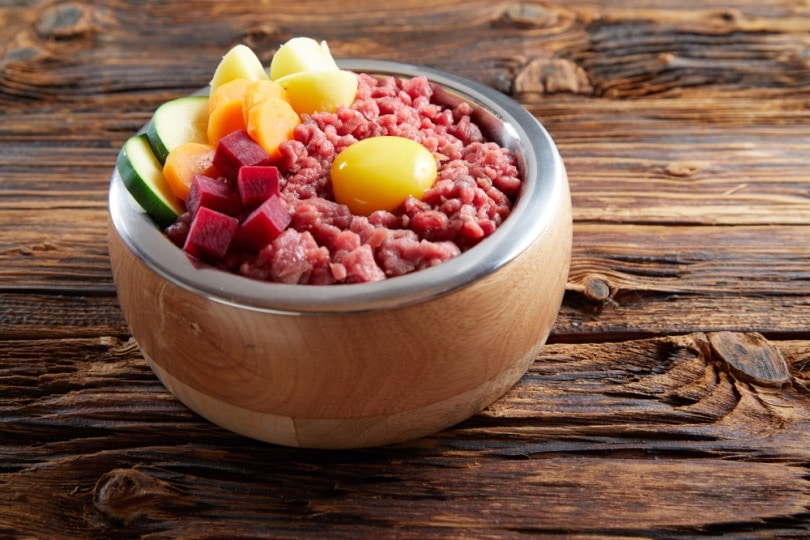
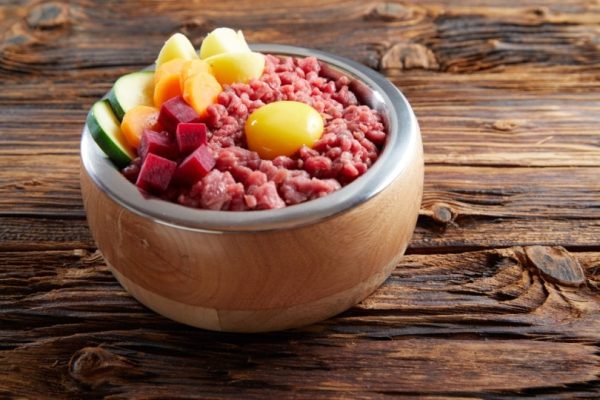
 Why Might People Think of Feeding Raw Food?
Why Might People Think of Feeding Raw Food?
